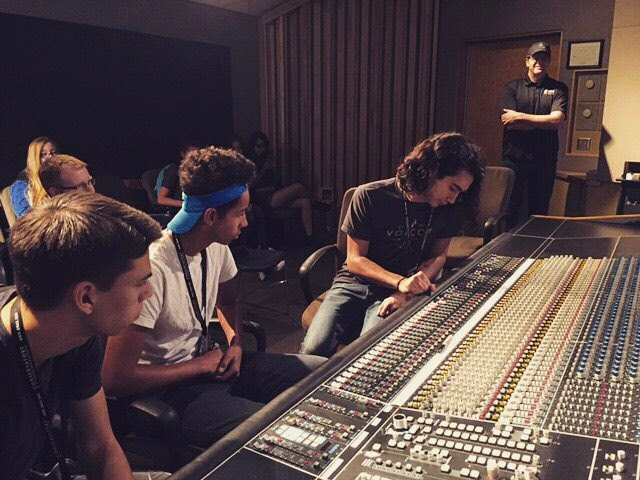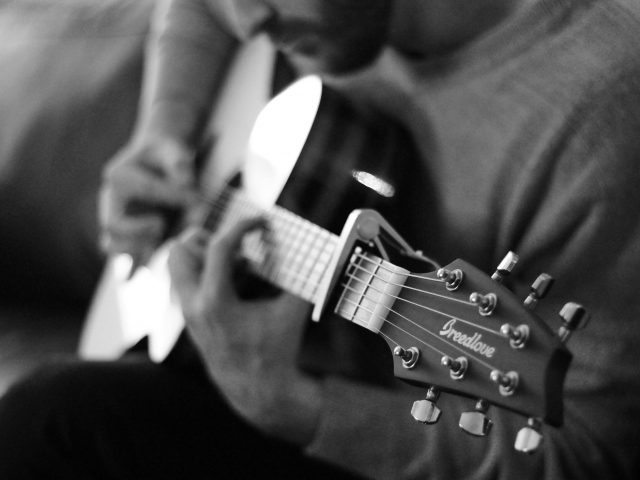
Electronic Music History
Electronic music history pre-dates the rock and roll period by decades. The majority of us were not even on this earth when it began its commonly rare, under-appreciated and also misunderstood development. Today, this ‘various other worldly’ body of noise which began close to a century ago, may no more show up odd and special as brand-new generations have approved much of it as mainstream, however it’s had a rough road as well as, in discovering mass audience approval, a sluggish one.
Many artists – the contemporary proponents of electronic songs – established a passion for analogue synthesizers in the late 1970’s and early 1980’s with signature tunes like Gary Numan’s innovation, ‘Are Friends Electric?’. It was in this era that these devices lessened, more accessible, extra user friendly as well as much more economical for most of us. In this post I will try to map this history in easily digestible chapters and also provide instances these days’s finest contemporary supporters.
To my mind, this was the start of a new epoch. To create electronic songs, it was no more required to have access to a roomful of technology in a studio or live. Hitherto, this was solely the domain name of artists the similarity Kraftwerk, whose arsenal of digital instruments and also personalized developed gadgetry the remainder of us might only have actually imagined, even if we could comprehend the logistics of their functioning.
Having said this, at the time I was maturing in the 60’s & 70’s, I nonetheless had little understanding of the intricacy of work that had actually established a standard in previous decades to come to this point.

The history of digital songs owes much to Karlheinz Stockhausen (1928-2007). Stockhausen was a German Avante Garde author and also a pioneering figurehead in digital music from the 1950’s onwards, influencing an activity that would at some point have an effective influence upon names such as Kraftwerk, Tangerine Desire, Brain Eno, Cabaret Voltaire, Depeche Mode, not to mention the speculative work of the Beatles’ and also others in the 1960’s. His face is seen on the cover of “Sgt. Pepper’s Lonely Hearts Club Band”, the Beatles’ 1967 master Piece. Let’s begin, however, by traveling a little additional back in time.
The Turn of the 20th Century
Time stood still for this stargazer when I initially discovered that the first documented, specifically electronic, concerts were not in the 1970’s or 1980’s yet in the 1920’s!
The initial simply digital tool, the Theremin, which is played without touch, was created by Russian scientist as well as cellist, Lev Termen (1896-1993), circa 1919.
In 1924, the Theremin made its concert debut with the Leningrad Philharmonic. Passion produced by the theremin attracted audiences to performances staged across Europe and also Britain. In 1930, the respected Carnegie Hall in New york city, experienced a performance of symphonic music making use of nothing but a series of ten theremins. Enjoying a variety of proficient artists playing this spooky seeming instrument by waving their hands around its antennae should have been so electrifying, unique as well as unusual for a pre-tech audience!
For those interested, look into the recordings of Theremin virtuoso Clara Rockmore (1911-1998). Lithuanian born Rockmore (Reisenberg) dealt with its developer in New york city to excellent the instrument during its early years as well as became its most acclaimed, fantastic and identified entertainer and also agent throughout her life.
In retrospect Clara, was the very first well known ‘celebrity’ of genuine electronic songs. You are not likely to locate more creepy, yet attractive efficiencies of classical music on the Theremin. She’s most definitely a fave of mine!
Digital Songs in Science Fiction, Cinema as well as TV
Unfortunately, as well as due mostly to difficulty in ability mastering, the Theremin’s future as a music tool was short lived. Ultimately, it located a particular niche in 1950’s Sci-Fi films. The 1951 cinema classic “The Day the Earth Stood Still”, with a soundtrack by prominent American film songs author Bernard Hermann (known for Alfred Hitchcock’s “Psycho”, etc.), is rich with an ‘extraterrestrial’ rating using 2 Theremins and also other electronic gadgets integrated acoustic instrumentation.
Making use of the vacuum-tube oscillator technology of the Theremin, French cellist and radio telegraphist, Maurice Martenot (1898-1980), began creating the Ondes Martenot (in French, called the Martenot Wave) in 1928.
Employing a typical and acquainted key-board which could be a lot more quickly understood by a musician, Martenot’s instrument was successful where the Theremin fell short in being user-friendly for gibson guitars. In fact, it ended up being the first effective electronic tool to be made use of by authors and orchestras of its duration up until today day.
It is featured on the theme to the original 1960’s TELEVISION series “Star Trip”, and also can be heard on contemporary recordings by the similarity Radiohead as well as Brian Ferryboat.
The meaningful multi-timbral Ondes Martenot, although monophonic, is the closest instrument of its generation I have listened to which comes close to the sound of modern-day synthesis.
“Forbidden Earth”, launched in 1956, was the very first significant business workshop film to include a solely electronic soundtrack … in addition to presenting Robbie the Robot and the sensational Anne Francis! The ground-breaking score was created by husband and wife team Louis and also Bebe Barron that, in the late 1940’s, developed the very first privately owned videotaping studio in the U.S.A. recording digital experimental artists such as the iconic John Cage (whose very own Avante Garde work tested the meaning of music itself!).
The Barrons are generally credited for having widening the application of digital songs in movie theater. A blowpipe in one hand, Louis constructed circuitry which he manipulated to produce a plethora of unusual, ‘unearthly’ impacts and concepts for the flick. As soon as carried out, these sounds can not be duplicated as the circuit would deliberately overload, smoke as well as wear out to generate the wanted audio result.
Subsequently, they were all tape-recorded to tape and Bebe looked with hours of reels modified what was regarded usable, after that re-manipulated these with delay and also reverberation as well as artistically called completion item utilizing numerous tape decks.

Habit of Saving Money
You May Also Like

YouTube Marketing Strategy
May 21, 2020
Business Sale Process
March 3, 2020

